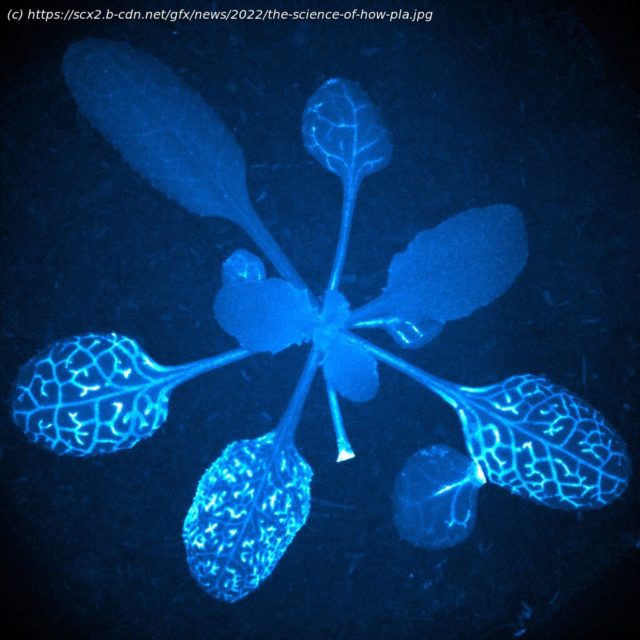Longstanding theories of how plants rely on calcium waves to respond systemically to wounding and other stresses have been given fresh perspective.
Longstanding theories of how plants rely on calcium waves to respond systemically to wounding and other stresses have been given fresh perspective.
John Innes Center researchers have shown that calcium waves are not a primary response, but rather they are a secondary response to a wave of amino acids released from the wound.
These findings challenge established thinking on long-distance plant signaling molecules and the mechanisms by which information travels from the point of stress through living and non-living plant tissues.
It has been observed for many years that wounding, and other trauma, initiates calcium waves that travel both short distances from cell to cell, and longer distances from leaf to leaf.
These calcium waves are reminiscent of signaling seen in the nerves in mammals, but since plants do not have nerve cells, the mechanism by which this happens has been in question.
The new findings, which appear in Science Advances, suggest that when a cell is wounded, it releases a wave of glutamate, an amino acid. As this wave travels through plant tissues, it activates calcium channels in the membranes of the cells it passes.






